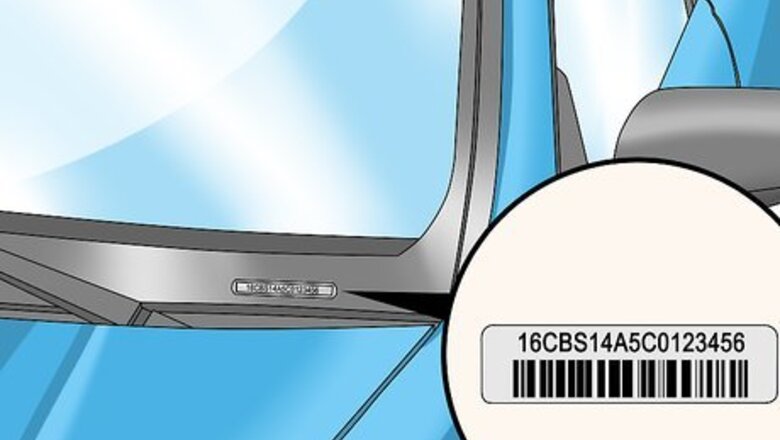
views
Performing a VIN Check
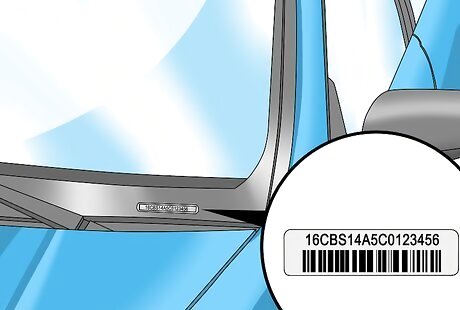
Find the vehicle identification number (VIN). Every car has a VIN, which you should check so that you can perform a search. The VIN is made up of 17 characters and is like the car’s Social Security Number. Don’t just accept whatever VIN the seller gives you. Instead, thoroughly inspect the vehicle yourself to find the VIN. You can find the VIN in the following places: bottom-left hand side of the windshield lower-left corner of the dashboard in front of the steering wheel where the hood latch mounts to the top of the hood inside the driver-side doorjamb in the rear wheel well directly above the tire in the front of the car frame, near the container that holds windshield washer fluid the front of the engine block underneath the spare tire
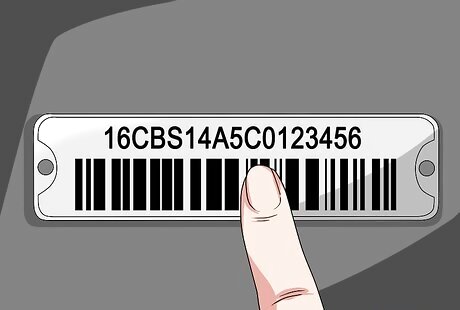
Check that the VIN hasn’t been tampered with. The entire VIN label should be securely fastened to the vehicle without any loose corners. Also check for scratches, tears, or gouge marks. Also run your fingers over the VIN label. It should be smooth to the touch. If it is scratchy, then it may have been tampered with. The VIN label should not be obscured with a screw or plug. If so, the owner might be trying to hide the VIN.
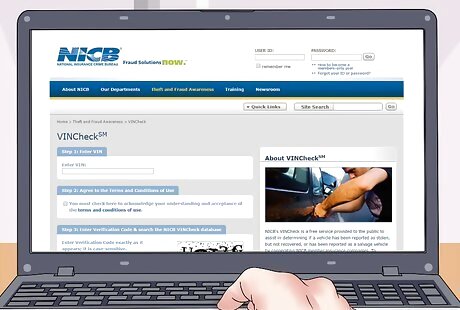
Search the VINCheck website. The National Insurance Crime Bureau (NICB) has a VINCheck database which collects the VINs for vehicles reported as stolen. Enter the VIN at the NICB website. You can perform five searches within 24 hours.
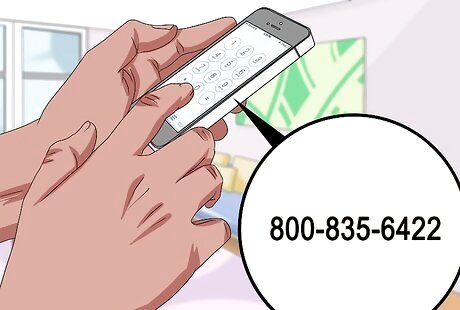
Report fraud. If the vehicle has been stolen, call the police and report the vehicle. In the U.S., you should call the NICB at 800-835-6422 or submit an anonymous tip to TIP411. You can also call your local police. Share as many details about the seller as you can: name, address, and appearance.
Using Other Methods

Contact your insurer. Your insurer has their own database which you can ask them to check for possible clones. Car cloning occurs when the thief pries the VIN plate off the stolen car and replaces it with a different one. The new VIN is often stolen from another car.
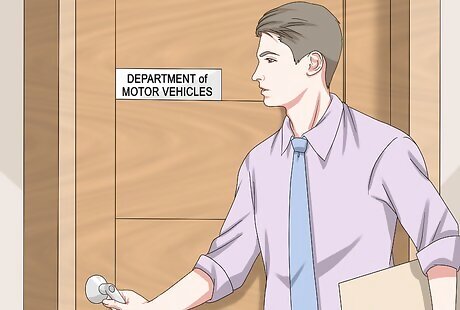
Perform a title search. You can perform a title search by contacting your state’s Department of Motor Vehicles (DMV) or an equivalent office and provide the car’s VIN. The report should list whether the car was ever salvaged or declared as a total loss by an insurance company. It costs money to run a title search, so contact the DMV ahead of time to check the price and acceptable methods of payment. Make sure the seller’s information matches the information on the title. If there’s a discrepancy, then the car was probably stolen.

Ask your mechanic to inspect the vehicle. Your mechanic might be able to spot that the VIN has been tampered with. Furthermore, your mechanic can check the overall condition of the car so that you aren’t buying a clunker. Don’t buy a used car without having your mechanic look at it.

Review the car’s service records. The car’s VIN should also appear on service records, which the owner might share with you. Make sure the VIN on the service records matches the VIN on the car. If not, then the car has probably been stolen. Of course, the car’s owner might fudge service records to hide the fact that the car has been stolen. Accordingly, you might want to order your own copy of the service records through Carfax or AutoCheck for under $100. You’ll need the VIN. When you get the reports, compare the description of the car in the service reports with the car you want to buy.
Identifying Red Flags
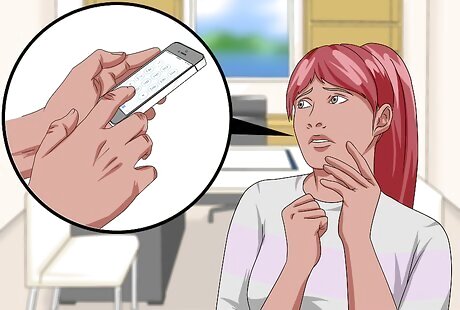
Proceed cautiously if the seller uses a cell phone. Thieves move around a lot, so they prefer to do business using a cell phone. They also probably don’t have a fixed address, either. When you go to look at the car, ask the seller where they live and work. If they hesitate, then you may be buying a stolen car.
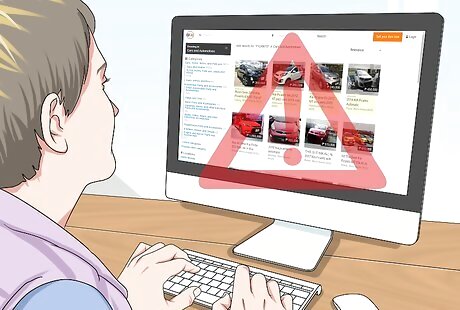
Be careful of cars advertised online or in the newspaper. Although many legitimate sales occur this way, most stolen vehicles are also advertised online or in the newspaper. It’s always better to buy from a reputable dealer or from someone you know personally. Check a dealer’s reputation at the Better Business Bureau website.
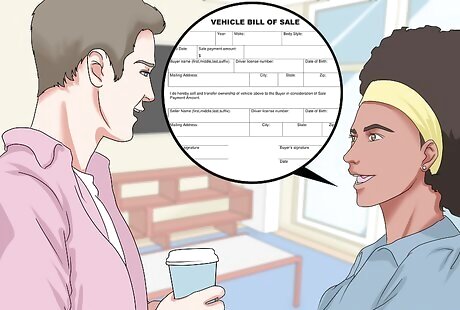
Demand a bill of sale. You want some sort of document that establishes you bought the car. If the seller hesitates to give this to you, then you should walk away. Typically, you’ll want a bill of sale, which should include the following information: car’s make, model, and year VIN seller’s name and address your name and address amount of the sale seller’s signature and date

Be wary of any deal that is too good to be true. If you’re shocked at what a great deal you’re getting, then chances are something is amiss. Ask questions about why the seller is trying to sell the vehicle so cheaply. If the story doesn’t add up, then walk away.


















Comments
0 comment